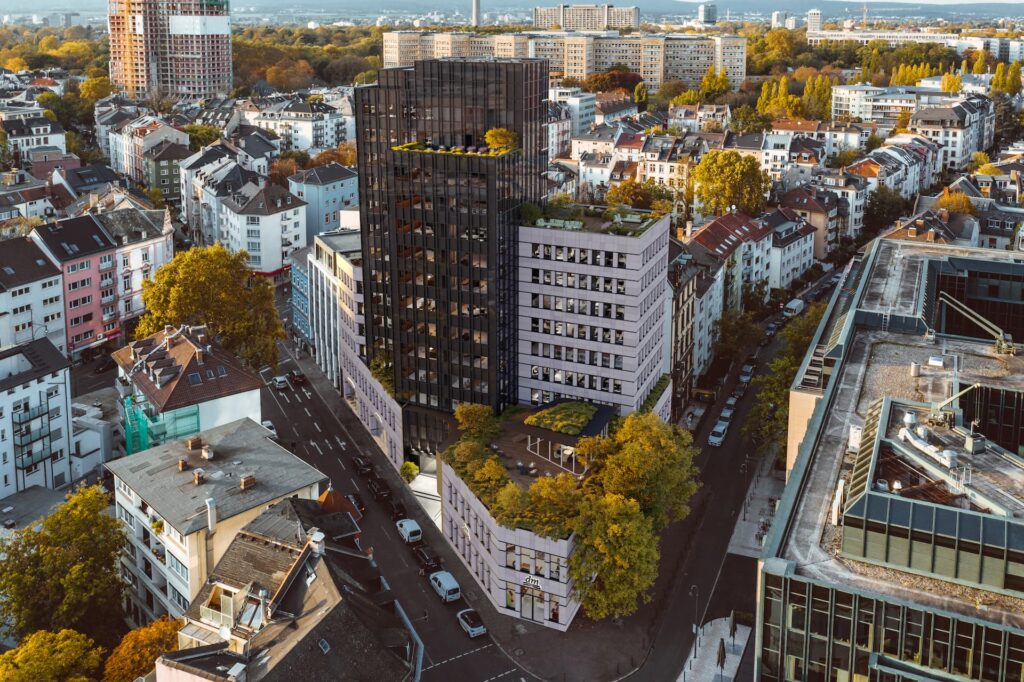Interactive VR for Luxury Residential Interior Visualizations: A New Age in Real Estate
Welcome to the future of luxury residential real estate where virtual reality (VR) technology takes center stage. This innovative technology is revolutionizing the world of interior design and architecture, creating immersive, interactive experiences that allow potential buyers to visualize their dream homes in stunning detail. In this blog post, we will delve into the benefits and applications of interactive VR for luxury residential interior visualizations.
A Glimpse into Interactive VR in Real Estate
Before we jump into the applications and advantages of VR in real estate, let’s first understand what interactive VR is all about. It’s a cutting-edge technology that allows users to experience a virtual environment as if they were physically present there. It’s like stepping into a video game or a movie, except the environment is a luxurious residential property, and you have the freedom to explore it at your own pace.
How Does Interactive VR Work?
Interactive VR works by creating a digital replica of a physical space that users can explore using VR headsets. The technology creates 360-degree panoramic images that are stitched together to form a complete virtual environment. The user can move around and interact with the environment using VR controllers or hand-tracking technology. This creates a deeply immersive experience that is as close as possible to actually being in the space.
Interactive VR vs. Traditional Visualization Techniques
Unlike traditional visualization techniques such as 2D blueprints and 3D renderings, interactive VR offers a far more immersive and realistic experience. Instead of looking at flat images on a screen, users can actually ‘walk’ through the virtual property, exploring every room and detail. This gives a much better sense of scale, layout, and spatial relationships, making it easier for potential buyers to visualize themselves living in the property.
## H2: Utilizing Interactive VR for Luxury Residential Interior Visualizations
Interactive Virtual Reality (VR) technology is revolutionizing the way architects and interior designers represent their ideas. Specifically, when it comes to luxury residential interior visualizations, this technology has opened up new dimensions of creativity, precision, and communication.
The Power of Interactive VR in Interior Design
Interactive VR allows designers to create immersive 3D environments that can be explored in real-time. By donning a VR headset, clients can virtually walk through their future homes, experimenting with different furniture layouts, wall colors, and light settings. This interactive experience brings a level of tangibility that 2D renderings or traditional models simply cannot achieve.
When it comes to luxury residential interior visualizations, every detail matters. From the texture of the fabric on the couch to the intricate patterns in the marble countertops, VR technology allows designers to showcase these minute details in a highly realistic manner. Clients can see exactly how their chosen elements will look and feel, significantly enhancing their confidence in the design and their overall satisfaction with the process.
Furthermore, Interactive VR fosters improved communication between clients and designers. Misunderstandings or misinterpretations that may occur with traditional methods can be avoided, as clients can see, touch, and interact with the design elements, ensuring their expectations align with the final product.
The Future of Residential Interior Visualizations
With the continuous advancements in technology, Interactive VR is set to become a staple in the field of interior design. It is not just about creating a visually appealing design, but about creating an experience that allows clients to connect with their future spaces on a deeper level.
The Role of Interactive VR in Sustainable Design
One promising area where Interactive VR can make a significant impact is sustainable design. Designers can use VR to demonstrate the effects of different energy-saving measures, such as the placement of windows for natural lighting or the use of energy-efficient appliances.
In luxury residential interior visualizations, sustainability can be a key selling point. With Interactive VR, clients can understand and appreciate these features in an engaging, impactful way. They can also make informed decisions about their contribution to sustainability in their home design.
Making the Most of Interactive VR in Your Design Process
Incorporating Interactive VR into your design process may seem daunting, but it is a step that can greatly enhance your services and client satisfaction.
Choosing the Right VR Tools
There is a wide range of VR tools available in the market, each with its unique features and capabilities. When selecting a tool for your luxury residential interior visualizations, consider the level of interactivity it offers, the quality of the visuals, and its ease of use for both you and your clients.
Remember, the goal of using Interactive VR is to enhance your clients’ understanding and appreciation of your designs, so choose a tool that will best help you achieve this goal.## H2: Utilizing Interactive VR for Luxury Residential Interior Visualizations
Interactive Virtual Reality (VR) technology is revolutionizing the way architects and interior designers represent their ideas. Specifically, when it comes to luxury residential interior visualizations, this technology has opened up new dimensions of creativity, precision, and communication.
The Power of Interactive VR in Interior Design
Interactive VR allows designers to create immersive 3D environments that can be explored in real-time. By donning a VR headset, clients can virtually walk through their future homes, experimenting with different furniture layouts, wall colors, and light settings. This interactive experience brings a level of tangibility that 2D renderings or traditional models simply cannot achieve.
When it comes to luxury residential interior visualizations, every detail matters. From the texture of the fabric on the couch to the intricate patterns in the marble countertops, VR technology allows designers to showcase these minute details in a highly realistic manner. Clients can see exactly how their chosen elements will look and feel, significantly enhancing their confidence in the design and their overall satisfaction with the process.
Furthermore, Interactive VR fosters improved communication between clients and designers. Misunderstandings or misinterpretations that may occur with traditional methods can be avoided, as clients can see, touch, and interact with the design elements, ensuring their expectations align with the final product.
The Future of Residential Interior Visualizations
With the continuous advancements in technology, Interactive VR is set to become a staple in the field of interior design. It is not just about creating a visually appealing design, but about creating an experience that allows clients to connect with their future spaces on a deeper level.
The Role of Interactive VR in Sustainable Design
One promising area where Interactive VR can make a significant impact is sustainable design. Designers can use VR to demonstrate the effects of different energy-saving measures, such as the placement of windows for natural lighting or the use of energy-efficient appliances.
In luxury residential interior visualizations, sustainability can be a key selling point. With Interactive VR, clients can understand and appreciate these features in an engaging, impactful way. They can also make informed decisions about their contribution to sustainability in their home design.
Making the Most of Interactive VR in Your Design Process
Incorporating Interactive VR into your design process may seem daunting, but it is a step that can greatly enhance your services and client satisfaction.
Choosing the Right VR Tools
There is a wide range of VR tools available in the market, each with its unique features and capabilities. When selecting a tool for your luxury residential interior visualizations, consider the level of interactivity it offers, the quality of the visuals, and its ease of use for both you and your clients.
Remember, the goal of using Interactive VR is to enhance your clients’ understanding and appreciation of your designs, so choose a tool that will best help you achieve this goal.







